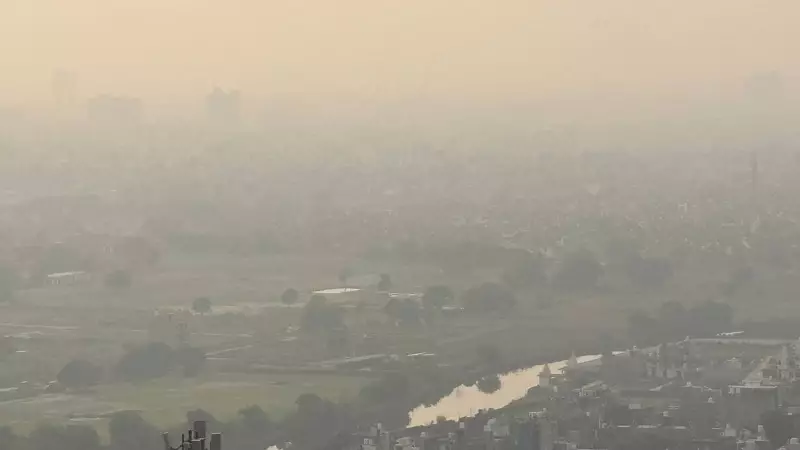
The City Beautiful woke up to a hazy morning after Diwali celebrations as Chandigarh's air quality plummeted to alarming levels, registering in the 'Very Poor' category on the Air Quality Index (AQI). The festive cheer quickly gave way to health concerns as monitoring stations across the city reported dangerous pollution levels.
According to data from the Central Pollution Control Board (CPCB), the 24-hour average AQI reached 346, firmly placing Chandigarh in the 'Very Poor' zone. This significant deterioration marks a worrying trend despite awareness campaigns and regulations surrounding firecracker usage during the festival of lights.
Monitoring Stations Paint Grim Picture
Data collected from various monitoring stations revealed a consistent pattern of deteriorating air quality throughout the city. The pollution levels remained elevated for several hours post-celebrations, indicating sustained exposure to harmful pollutants for residents.
Meteorological conditions played a crucial role in the situation, with calm winds and low temperatures preventing the dispersion of pollutants. This meteorological trap essentially locked the firecracker emissions close to the ground, creating a toxic cocktail that lingered over the city.
The Perfect Storm of Pollution Factors
Several factors contributed to this environmental crisis:
- Intensive firecracker bursting during Diwali celebrations
- Unfavorable weather conditions including calm winds and low mixing height
- Potential contribution from regional stubble burning in neighboring states
- Local emission sources combining with festive pollution
Health Implications for Residents
The 'Very Poor' AQI category comes with serious health warnings, particularly for vulnerable groups. Medical experts advise that such pollution levels can:
- Cause respiratory irritation and breathing discomfort
- Aggravate existing lung and heart conditions
- Affect healthy individuals with prolonged exposure
- Particularly endanger children, elderly, and those with pre-existing health issues
The situation underscores the ongoing challenge of balancing cultural traditions with environmental concerns and public health priorities. As Chandigarh grapples with this post-festival pollution spike, questions arise about the effectiveness of current regulations and the need for more sustainable celebration practices.





